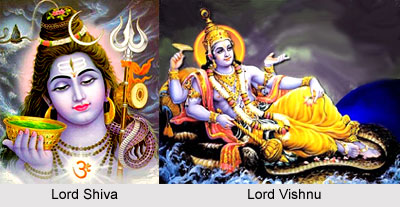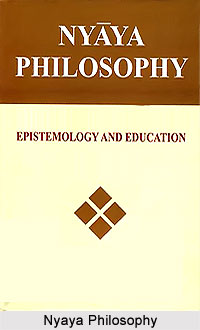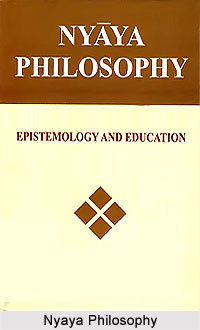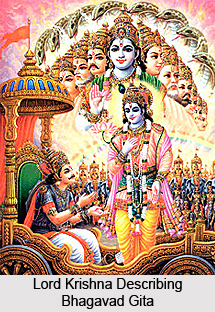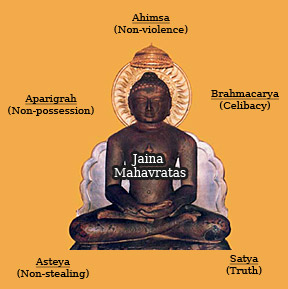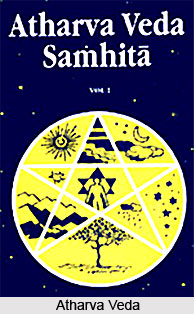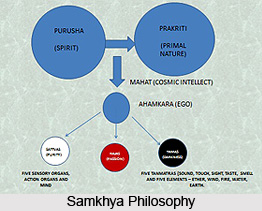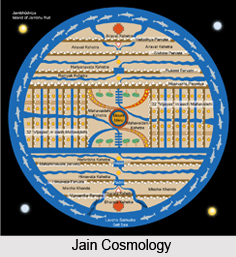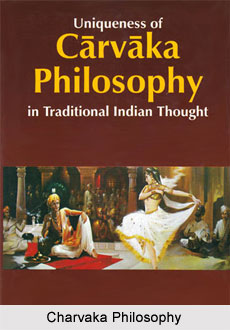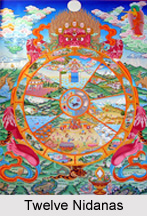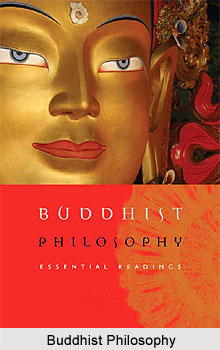 Svalakshana is an object limited in its particular space and time. According to the Buddhist Dignaga objective reality consists of momentary unique particulars with a specific causal efficacy. Its existence is identical with the discharge of its causal activity. There are no objective general features. Unique particulars are the primary data of sensory perception which is always non-conceptual and non-linguistic.
Svalakshana is an object limited in its particular space and time. According to the Buddhist Dignaga objective reality consists of momentary unique particulars with a specific causal efficacy. Its existence is identical with the discharge of its causal activity. There are no objective general features. Unique particulars are the primary data of sensory perception which is always non-conceptual and non-linguistic.
The particulars are organised by automatic causal factors so that they occur in patterns in a manner that produce mental images. There is a gap between the ways the minds work and the way things are. However mental representations can be formed.
This article is a stub. You can enrich by adding more information to it. Send your Write Up to content@indianetzone.com




